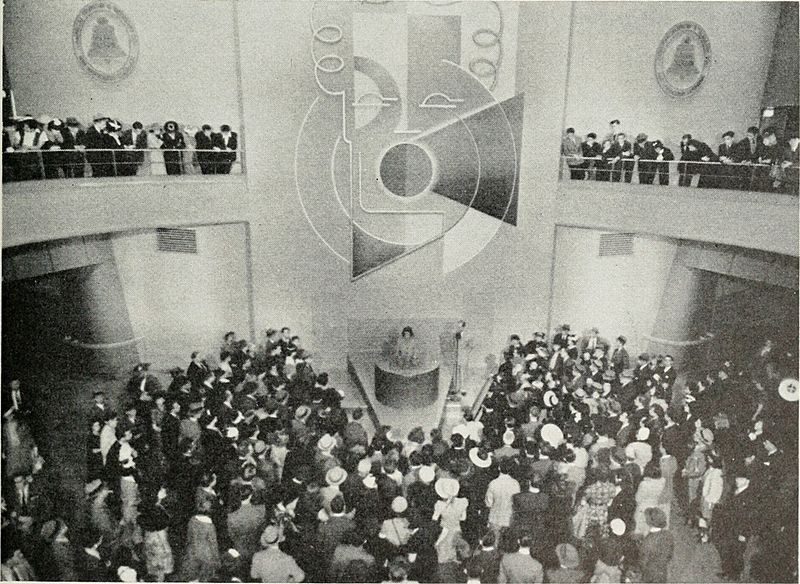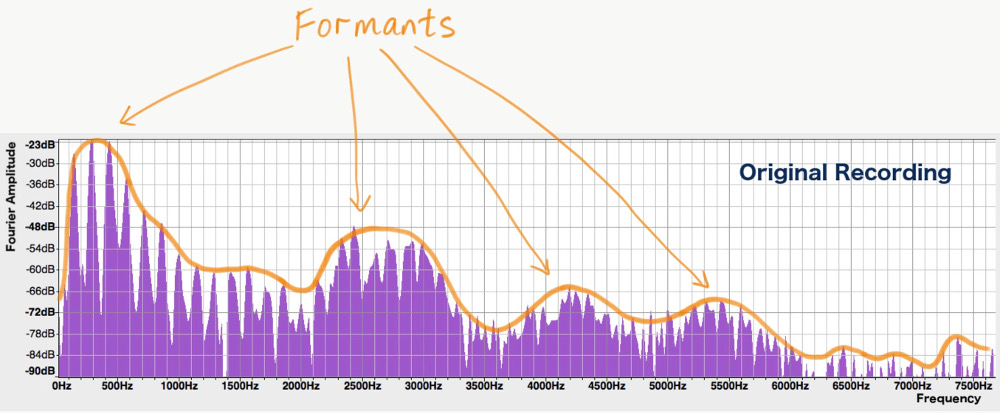
Mrs Helen Harper, of Jamaica, New York, had an unusual ability — she could play the human voice with her fingers.
It was 1939, and the world’s first electronic speech synthesiser had just been invented at Bell Laboratories in New Jersey. The Voder, as it was named, … Read the rest


